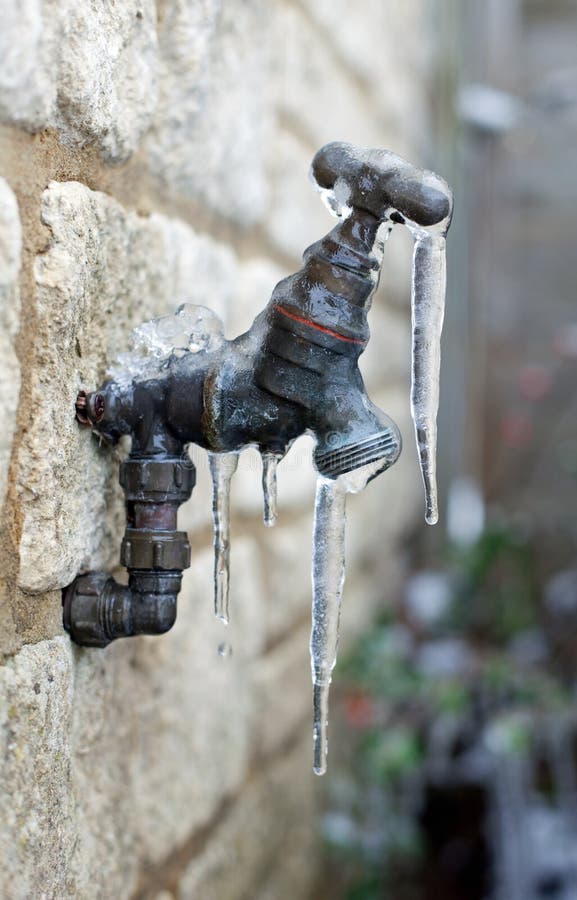Guidance for Avoiding Frozen Plumbing in Cold Weather: Specialist Insights
Guidance for Avoiding Frozen Plumbing in Cold Weather: Specialist Insights
Blog Article
We've found the article on How To Avoid Freezing Pipes below on the web and concluded it made sense to share it with you on this page.

Cold weather can damage your pipes, particularly by freezing pipes. Below's how to prevent it from occurring and what to do if it does.
Intro
As temperature levels decline, the risk of frozen pipes boosts, potentially causing costly fixings and water damages. Recognizing just how to stop icy pipes is important for house owners in cold climates.
Understanding Icy Pipes
What creates pipes to freeze?
Pipes freeze when revealed to temperature levels listed below 32 ° F (0 ° C) for prolonged periods. As water inside the pipes freezes, it broadens, putting pressure on the pipe walls and potentially triggering them to burst.
Dangers and damages
Frozen pipelines can cause water system interruptions, building damages, and costly fixings. Burst pipelines can flood homes and cause considerable structural damages.
Signs of Frozen Piping
Determining icy pipes early can stop them from rupturing.
How to determine frozen pipes
Try to find decreased water flow from taps, uncommon odors or noises from pipes, and visible frost on exposed pipes.
Prevention Tips
Shielding vulnerable pipelines
Wrap pipes in insulation sleeves or utilize warmth tape to secure them from freezing temperature levels. Concentrate on pipelines in unheated or exterior areas of the home.
Home heating strategies
Maintain interior rooms properly heated up, especially areas with plumbing. Open closet doors to enable cozy air to circulate around pipes under sinks.
Safeguarding Outside Pipes
Yard hoses and exterior faucets
Disconnect and drain pipes garden hoses before winter months. Mount frost-proof spigots or cover outdoor taps with protected caps.
What to Do If Your Pipelines Freeze
Immediate actions to take
If you believe frozen pipelines, keep taps open to relieve pressure as the ice melts. Utilize a hairdryer or towels soaked in warm water to thaw pipelines gradually.
Long-Term Solutions
Architectural changes
Think about rerouting pipes away from exterior walls or unheated areas. Include added insulation to attics, basements, and crawl spaces.
Updating insulation
Purchase high-quality insulation for pipes, attics, and walls. Proper insulation assists maintain constant temperature levels and reduces the threat of frozen pipes.
Conclusion
Protecting against icy pipes requires proactive steps and quick feedbacks. By understanding the causes, indications, and preventive measures, home owners can secure their plumbing throughout cold weather.
5 Ways to Prevent Frozen Pipes
Drain Outdoor Faucets and Disconnect Hoses
First, close the shut-off valve that controls the flow of water in the pipe to your outdoor faucet. Then, head outside to disconnect and drain your hose and open the outdoor faucet to allow the water to completely drain out of the line. Turn off the faucet when done. Finally, head back to the shut-off valve and drain the remaining water inside the pipe into a bucket or container. Additionally, if you have a home irrigation system, you should consider hiring an expert to clear the system of water each year.
Insulate Pipes
One of the best and most cost-effective methods for preventing frozen water pipes is to wrap your pipes with insulation. This is especially important for areas in your home that aren’t exposed to heat, such as an attic. We suggest using foam sleeves, which can typically be found at your local hardware store.
Keep Heat Running at 65
Your pipes are located inside your walls, and the temperature there is much colder than the rest of the house. To prevent your pipes from freezing, The Insurance Information Institute suggests that you keep your home heated to at least 65 degrees, even when traveling. You may want to invest in smart devices that can keep an eye on the temperature in your home while you’re away.
Leave Water Dripping
Moving water — even a small trickle — can prevent ice from forming inside your pipes. When freezing temps are imminent, start a drip of water from all faucets that serve exposed pipes. Leaving a few faucets running will also help relieve pressure inside the pipes and help prevent a rupture if the water inside freezes.
Open Cupboard Doors
Warm your kitchen and bathroom pipes by opening cupboards and vanities. You should also leave your interior doors ajar to help warm air circulate evenly throughout your home.

As a fervent reader about Helpful Tips to Prevent Frozen Pipes this Winter, I thought sharing that blog post was worth the trouble. Be sure to take the opportunity to distribute this blog posting if you enjoyed reading it. We recognize the value of your readership.
Schedule Now Report this page